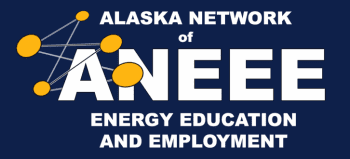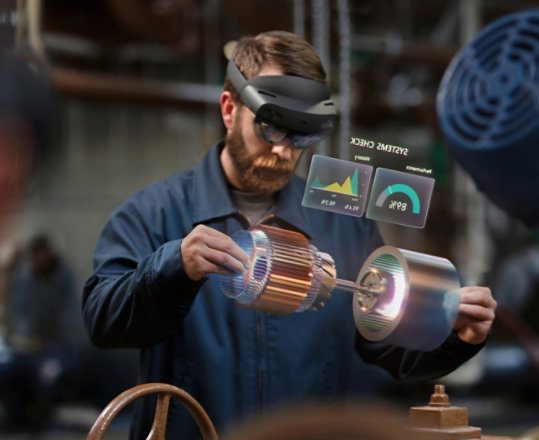
Imagine…
…starting a business in a region larger than France, Spain, Germany and Italy combined, but with only .03% of their combined population. Now imagine that twenty percent of this very small population is off the road system, that broadband is limited, that energy costs are amongst the highest in the United States – and that region is home to some of the most extreme environments on the planet. Identifying the challenges and barriers of doing business in Alaska is the easiest part of doing business in Alaska.
Three Alaskan businesses working within a tech space known as XR, Extended Reality, have the potential to make a transformative impact on the complex challenges posed by logistics and operations in Alaska. Designori, TotalView and the more recent start-up Kartorium, are all Anchorage based companies with Alaskan founders whose work falls along various points in the spectrum of XR technologies (virtual reality, augmented reality and mixed reality).


The Alaska Network for Energy Education and Employment (ANEEE) is tasked with exploring new opportunities to expand energy literacy and energy related training throughout Alaska. To this end ANEEE has engaged, collaborated, and learned a great deal from Arthur Jensen of TotalView, Dr. Richard Webb of Designori, Jay Bynam of Kartorium – as well as outside XR researchers, like Professor Glenn Hodges of the Naval Postgraduate School, in exploring the use cases of XR in and outside of Alaska. These four professionals are working in a field that is often perceived as futuristic, fantastical or in the realm of sci-fi – but with few practical applications in real life or business.
We are told by Mark Zuckerberg and other tech savants that the Metaverse is coming – that virtual shopping, hangouts, amusement parks and a wealth of XR entertainment is on the near horizon. But how does this help, for example, a power plant operator in the Bering Straits, ice road builders on the Slope, or Bristol Bay village councils navigate the day-to-day difficulties that come with planning, managing, maintaining, and operating remote infrastructure in Alaska? The answer, according to these three Alaskan companies is direct, proven and surprisingly old fashioned: XR is increasing the capacity of Alaskans to perform their jobs more efficiently.


Over the shoulder training and one on one human interactions are indispensable in the quest to increase human capacity. But where XR is making extraordinary gains is in simulating human interaction where it might not be otherwise feasible or capable. The interface between humans and the digital world is an open frontier – there is much to be learned and much to explore. The unique challenges of doing business in Alaska present scores of practical use cases for XR and a natural testbed for innovators like those working at Designori, TotalView, and Kartorium.
Watch our discussion from Wednesday, March 23, with Designori, TotalView, Kartorium and Glenn Hodges on the varieties of XR, their work in rural Alaska, and the implications of XR in the realm of training and education.